The future may be in grape-based corks
Most of us don’t put too much thought into corks. We may debate the relative benefits of natural corks verses screw tops, but generally, we only notice corks when something goes wrong. The cork crumbles when pulled from the bottle or appears to have absorbed liquid up to its midpoint, clues that potentially ruinous levels of oxygen or TCA, better known as cork taint, have penetrated the closure. Cork is a remarkable material for bunging a bottle of wine. Porous, spongy, and compressible, it squeezes into the neck of a bottle to form a protective barrier then returns to its original form once the bottle is opened. Viewed through the lens of sustainability, cork is equally impressive. A natural material harvested from the bark of Quercus trees, it is fully biodegradable, recycles without releasing toxins, and harvesting it triples a Quercus tree’s capacity for carbon dioxide absorption.
At the same time, cork is a natural material and possesses all the vulnerabilities of a material exposed to the vagaries of the environment. TCA is a prime example; it develops when the mold or fungus that grows within the porous Quercus bark comes into contact with chlorophenols, an ingredient found in pesticides and wood preservatives. It is not a small issue. Each year four-hundred million bottles of wine are rendered undrinkable by compromised corks. It takes two-hundred billion liters of water to produce those four-hundred million bottles, representing a significant waste of resources.
Hardy Wallace, the co-founder and winemaker at Dirty & Rowdy Family Winery, describes the problem like this: “If the industry TCA rate is approximately five percent of all bottles sealed with natural cork, the bottles that comprise that five percent become one-hundred percent waste. Very few people will drink a corked wine because it’s spoiled. You dump it out. The waste isn’t just that bottle of wine. It’s the energy put into the vineyard, the energy put into the winery, the bottle, the label, the closure, the cardboard box, and the transportation. It’s putting the bottle in a store with the lights on. It’s someone driving the bottle home.”
From a consumer standpoint, opening a faulty bottle of wine is always a disappointment. It is also extra work and often a source of embarrassment or money lost. It requires going back to the wine store to inform them that your bottle was corked. Sometimes you are taken at your word, sometimes you are put in the awkward position of having your assessment reviewed by whoever is manning the shop. Sometimes a corked bottle has been sitting in your cellar for several years and you’re left with no recourse at all.
The first high-performance cork
On November 17, 2016, the CEO of Vinventions stood behind a podium at the Ritz Hotel in Paris to announce a seminal new product. It was a wine bottle closure called SÜBR, a high-tech sustainable micro-agglomerate composed of ground natural cork and a plant-based biodegradable adhesive. The launch of this forward-thinking green technology marked a significant moment for a company whose early success stood on the shoulders of the Nomacorc, the wildly-successful petroleum-based closure it had introduced seventeen years earlier.
The Nomacorc revolutionized the wine bottle closure sector by offering significant technical advantages over natural cork, namely flawless oxygen management and the elimination of TCA, all while preserving the traditional aesthetic and ceremony of opening a bottle. It was developed by Marc Noël and his father Gert Noël, the Belgian industrialist who founded NMC, a leader in transforming synthetic materials into extruded products. Marc established NMC’s American base in 1979, calling it Nomaco. Initially, his core businesses were manufacturing pipe insulation and a construction product for applying sealant to concrete panels.
Extrusion is the manufacturing equivalent to traditional pasta making, where dough is fed into a machine and shaped-pasta comes out continually from the other end. Here, instead of dough, it is synthetic materials that are being transformed. By the early 1990’s, Marc began applying Nomaco’s extrusion expertise to the leisure and wellness sectors, expanding its portfolio to include pool noodles, exercise rollers, mattress components, and in 1999, as a direct result of his father’s passion for wine and frustration with bottles ruined by cork taint, the synthetic wine closure, Nomacorc.
“My father was opening bottles from his wine cellar and finding more and more were tainted or contaminated. Finally, he said, ‘I’ve had it! We need to develop a product that will solve this.’ The frustration was not just my father’s, but one that permeated the entire marketplace. At the time, twelve to fifteen percent of the sixteen billion bottles of wine bottled each year had some degree of TCA contamination,” Marc recalls.
To say the product was well received is an understatement. By 2005, Nomacorc was in twenty-five countries. “I had a meeting with a number of wineries in Napa and a member of the Gallo family told me, ‘Marc, you have a great product, but have you ever thought about what your company’s biggest strength is, really?’ I said, ‘The technology.’ And he said, ‘No, it’s your presence in the marketplace. You have one of the best global distribution systems in the wine industry. You’re certainly not the biggest, but you have phenomenal distribution. Why don’t you do more than just Nomacorc?’”
In 2007, Marc engaged a private equity partner, Summit Partners, to implement the strategy, but held off when the recession hit and it seemed prudent to wait to see how the economy would evolve. Eight years later, in January 2015, with an investment from Bespoke Capital Partners that Dow Jones reported being $200 million, he was able to buy out his equity partners and finally follow through on the Gallo family’s advice. Nomacorc changed its name to Vinventions, hired Heino Freudenberg to be its CEO, and went on a buying spree. The company acquired the Ohlinger Group, producers of premium natural corks; Vintop, the screw cap makers; and Syntek, a company that makes closures out of polyethylene, the material used for Cling Wrap. They added two service divisions, one in oxygen management and another in marketing. For a time, the company also became the exclusive representatives of Vinolok, leaders in glass closures. When they were through, they dubbed Vinventions the “House of 7 Brands” offering complete closure solutions. With their full line of closures and services, the new company protected one in every eight wine bottles worldwide, one in every two in the United States.
Questions about food safety and glue
The month after Nomacorc and Bespoke Capital Partners joined forces, February 2015, Lewis Perdue, the editor and publisher of Wine Industry Insight published an article with the alarming headline, “Micro-Agglomerates: 350 Million Illegal Corks Per Year?” In the piece, Lewis reported that producers and importers of micro-agglomerated corks were facing scrutiny from the Environmental Protection Agency (EPA) and the Food and Drug Administration (FDA) as a result of their use of toluene diisocyanate polyurethane (TDI) as a binding agent. The genesis of the story was a letter sent to the FDA a few months earlier by the Italian trade association Grupo Tappi Sintetic Espansi, which represents producers of synthetic bottle closures in Italy, including the Nomacorc. The letter queried whether the use of the polyurethane binder TDI was permitted in wine corks in the U.S.
Like Nomacorc, micro-agglomerated corks are TCA-free and offer reliable oxygen management. They’re made by grinding and thoroughly cleaning natural cork, mixing the ground cork with a binding agent, molding the mixture into the desired shape, and applying extreme heat, which essentially fuses the cork and binder into one big molecule. When polyurethane is used as a bonding agent or glue, it represents fifty percent of the material in the bottle closure, meaning it comes into direct contact with the wine in the bottle. According to the Wine Industry Insight article, this was troubling because the EPA’s TDI action plan says that TDI is a well-known dermal and inhalation sensitizer in the workplace and that it has been documented to cause asthma and lung damage. The story includes photographs of micro-agglomerated corks taken from bottles Lewis purchased; the captions beneath these images allege that they show signs of wine penetrating the closures.
The FDA responded to the Italian trade group with a letter dated December 8, 2014, telling them they were correct: there was no U.S. regulation of TDI in agglomerated wine corks without a functional barrier separating it from the wine. It continued, “If there is a reasonable expectation that components of the TDI PU binder will migrate to, or otherwise affect, the wine under the intended conditions of use, we believe there is no legal basis for the sale of agglomerated wine corks containing TDI PU in the United States.”
However, it also clearly state that, “If migration of components of the TDI PU is determined not to be expected, either based on the existence of a barrier or that there are no component substances in the binder that are expected to migrate into the wine, then authorization for this use under FDA regulations would not be required for the legal marketing of the corks.”
To be sure, no regulatory action was taken. Instead, leading manufacturers of TDI-based micro-agglomerated corks, including DIAM and Amorim & Irmãos S.A, provided extensive data to the FDA and, by January 2017, the agency determined that no migration of TDI occurred and officially permitted the use of polyurethane resin in wine bottle closures.
This did not satisfy Lewis Perdue, who believes part of the problem is that FDA regulators are toxicologists, not endocrinologists, meaning they only measure direct damage to living organisms and don’t take into account indirect damage, such as TDI’s potential hormone disruption effects. “Just because something is only present in a few parts per billion doesn’t mean it’s harmless,” he says, noting, “We don’t know if TDI is potentially harmful in small amounts. No study’s been done to determine this.”
Sugar cane closures
Later that year, Nomacorc introduced a new line called Select Bio. No longer a petroleum-based closure, Select Bio was made from sugar cane harvested from sustainable plantations in northern Brazil. The product offered all the technological advantages of the original Nomacorc—no cork taint, controlled oxygen ingress, and wine preservation guarantees of up to twenty-five years—but now it was one hundred percent recyclable and used plant-based polymers that made the closure carbon-neutral. Avalon Winery in California was the first producer to adopt the Select Bio closure, but the most fortuitous early adopter may have been Dirty & Rowdy Family Winery.
Dirty & Rowdy winemaker Hardy Wallace is a master communicator, seemingly born to traverse the ethos of the natural wine movement and the vernacular of social media. His wine career began in 2009 when he won a contest sponsored by the winery Murphy-Goode. It landed him a six-month contract as a wine writer and brand promoter as well as housing in coveted Healdsburg. “After the contest-supplied employment and housing ended, he worked with winemakers revered for their technical skills and ethical approach, Kevin Kelly, Erhen Jordan, and Cathy Corison, while starting his own label, Dirty & Rowdy with his friend Matt Richardson and their respective spouses.
“We started using the Select Bio in 2014, our fifth vintage. We’re always looking to make sure that everything we do is not only super high-quality but also fits our ethos—not just the farming and wine-making style, but our packaging too,” says Hardy. “What attracted us to alternative closures was being able to have credible consistency while being able to dial in what they call the OTR, the Oxygen Transmission Rate. All corks breathe a little bit. With the traditional cork, it’s really hard to dial in a level of breathability because each one is kind of a unique critter, but with the Nomacorc we could choose the breathability that we wanted from bottle to bottle.”
By mid-2017, Nomacorc Green Line was the fastest growing sustainable plant-based closure on the market, adding more than 300 million units to the previous year’s Nomacorc sales worldwide. Vinventions renamed the closure PlantCorc and progressively replaced the petroleum-based Nomacorc Classic with the new product.
A better micro-agglomerate
Of course, not everyone is open to change. Hardy Wallace tells the story of receiving a nasty message from a new client who bought a case of wine after tasting it at an event and was aghast when the wine arrived without a traditional foil capsule and with a PlantCorc. Hardy returned the man’s call and took him through the winery’s packaging ethos. Now, any time a new customer orders off the mailing list, he emails the customer a link to a short video. Standing in front of the bookshelves in his office he explains, “Here’s the cork, here’s the closure, here’s why we use lighter glass produced within 150 miles from us…”
Vinventions received similar feedback and took it to their development department with the goal of becoming a game changer in the field of micro-agglomerates. This led to the November 2016 introduction of SUBR at the Ritz in Paris. With SUBR, Vinventions believed they had cracked the code. The high-end micro-agglomerated cork was bonded with polymers made from seeds harvested from a natural fruit tree. It possessed all the technical advantages of the PlantCorc, including being recyclable and long-term biodegradable, plus, it had what their CEO called, “the magic optic of natural cork,” preferred by traditional wine consumers.
The following March, DIAM launched the Origine, a new micro-agglomerated cork bonded with a beeswax emulsion. A race seemed to be on, a wine world moonshot for high-performance closures made from sustainable sources.
The future is circular
Last June, Vinventions announced that sustainability would no longer be just a guiding principle for the company, but also a strategic priority. They framed the move in both practical and aspirational terms, saying, “In the future, there will be no high-performance without sustainability, and sustainability without high performance will no longer make sense.”
The company’s founder and board chair, Marc Noël fashions this vision in terms of a closed circular system, language reminiscent of biodynamic agriculture. He says, “When you think about circular sustainability, imagine if instead of using sugarcane to create polymers, we used the waste created by grape skins. There are mountains of waste from grapes in the winemaking process, literally tens of thousands of tons. What if we polymerized this waste and made closures and other products out of it? What if we turned a wine by-product into a very consistent and high-quality wine closure? Just imagine that. I mean, this is not rocket science. It’s difficult to do, but it’s possible and it will come. It’s only a question of time.”
The time may come sooner than we think. At the 2018 World Economic Forum in Davos, Vinventions announced that the company will pilot the world’s first truly circular wine closure recycling initiative in collaboration with the industry partners SABIC and Unilever, among others.
When you think about the implications of these high-tech closures with negligible carbon footprints and reliable oxygen ingress, it’s not hard to imagine that they may not only make wines safer but healthier, too. Being both high performance and ecologically sound, they have the potential to encourage more and more winemakers to feel confident using fewer preservatives, knowing that they can depend on the ‘cork’ to protect their wine from the time it is bottled to the moment it is served.






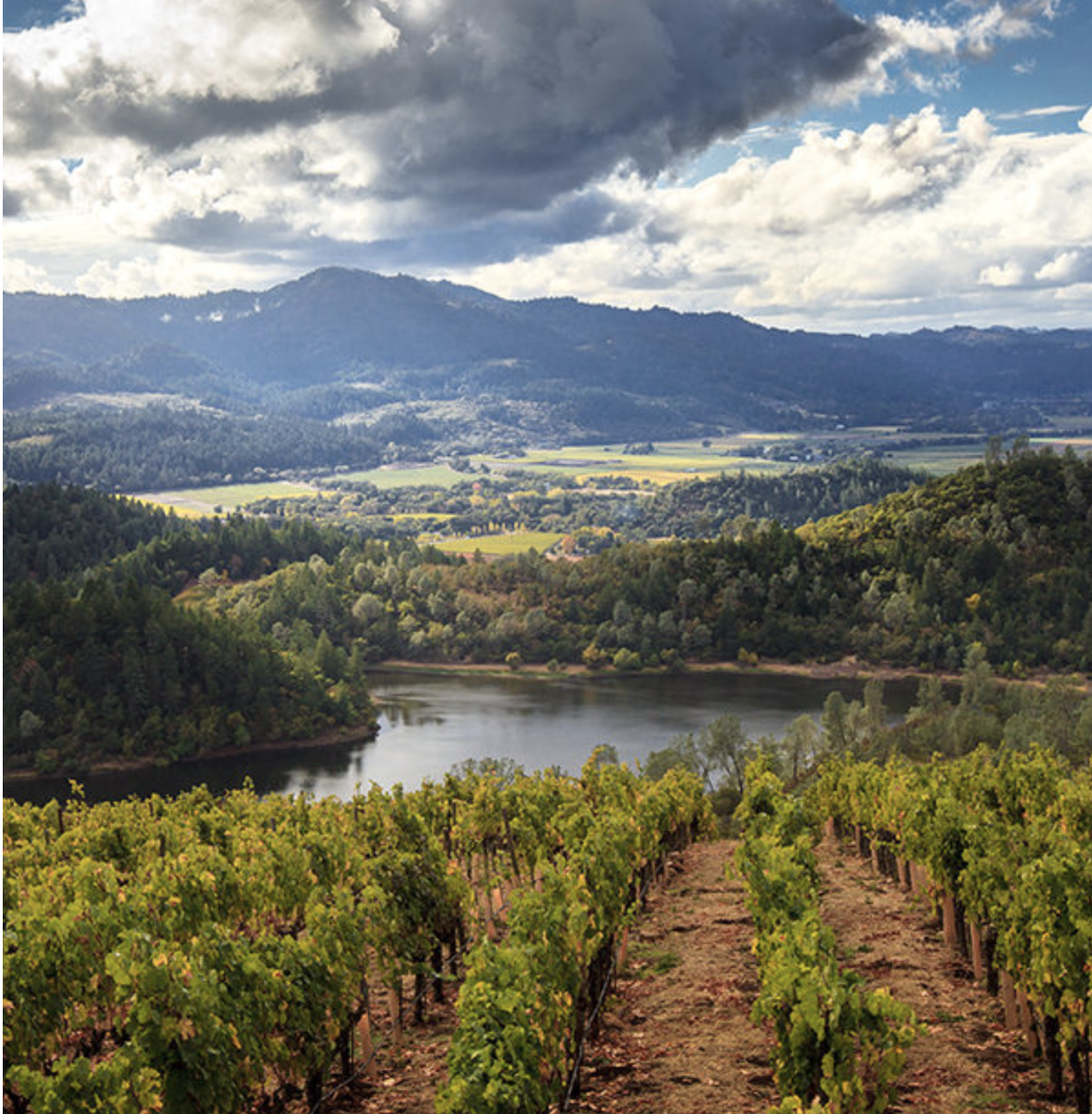


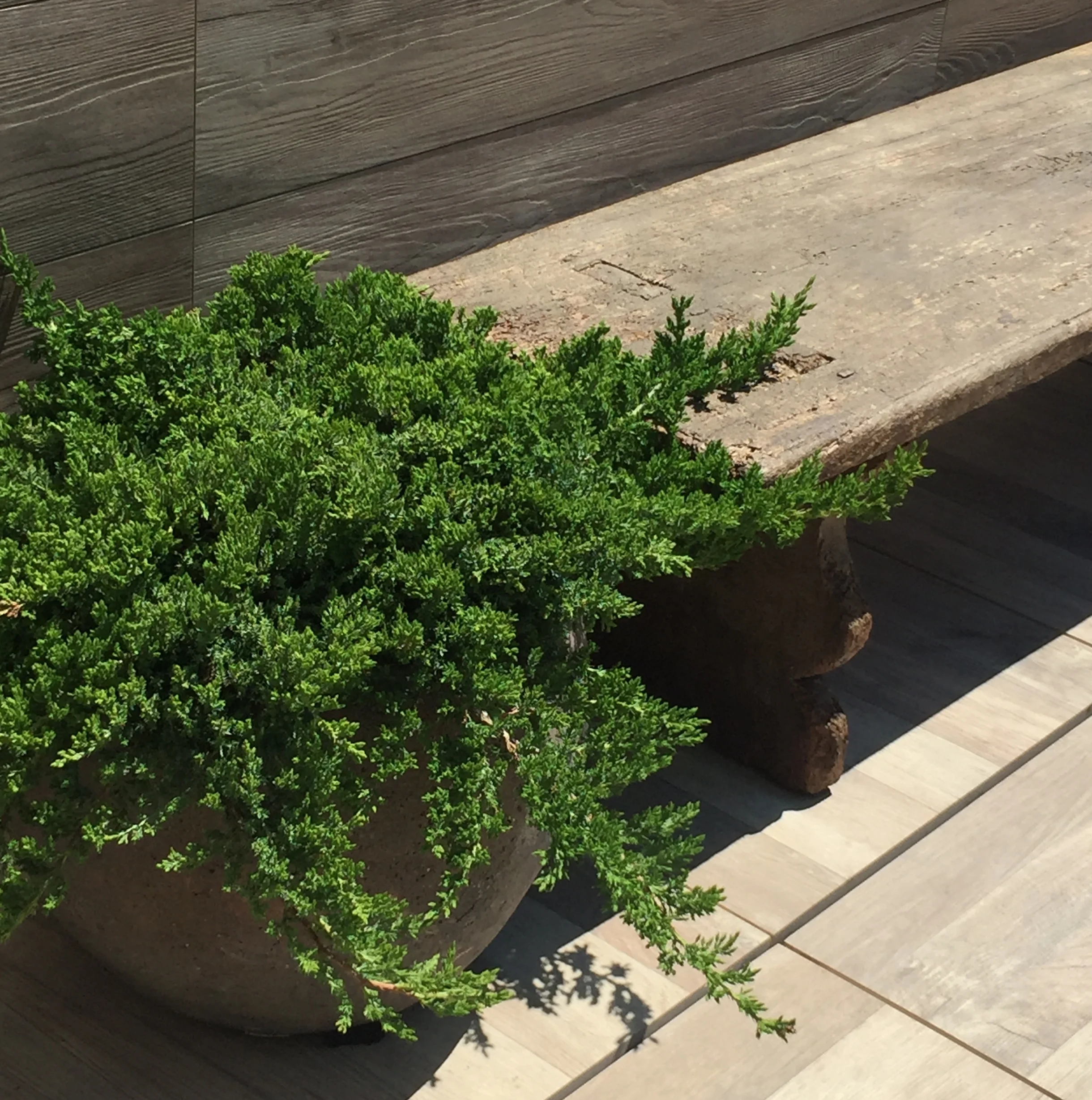





















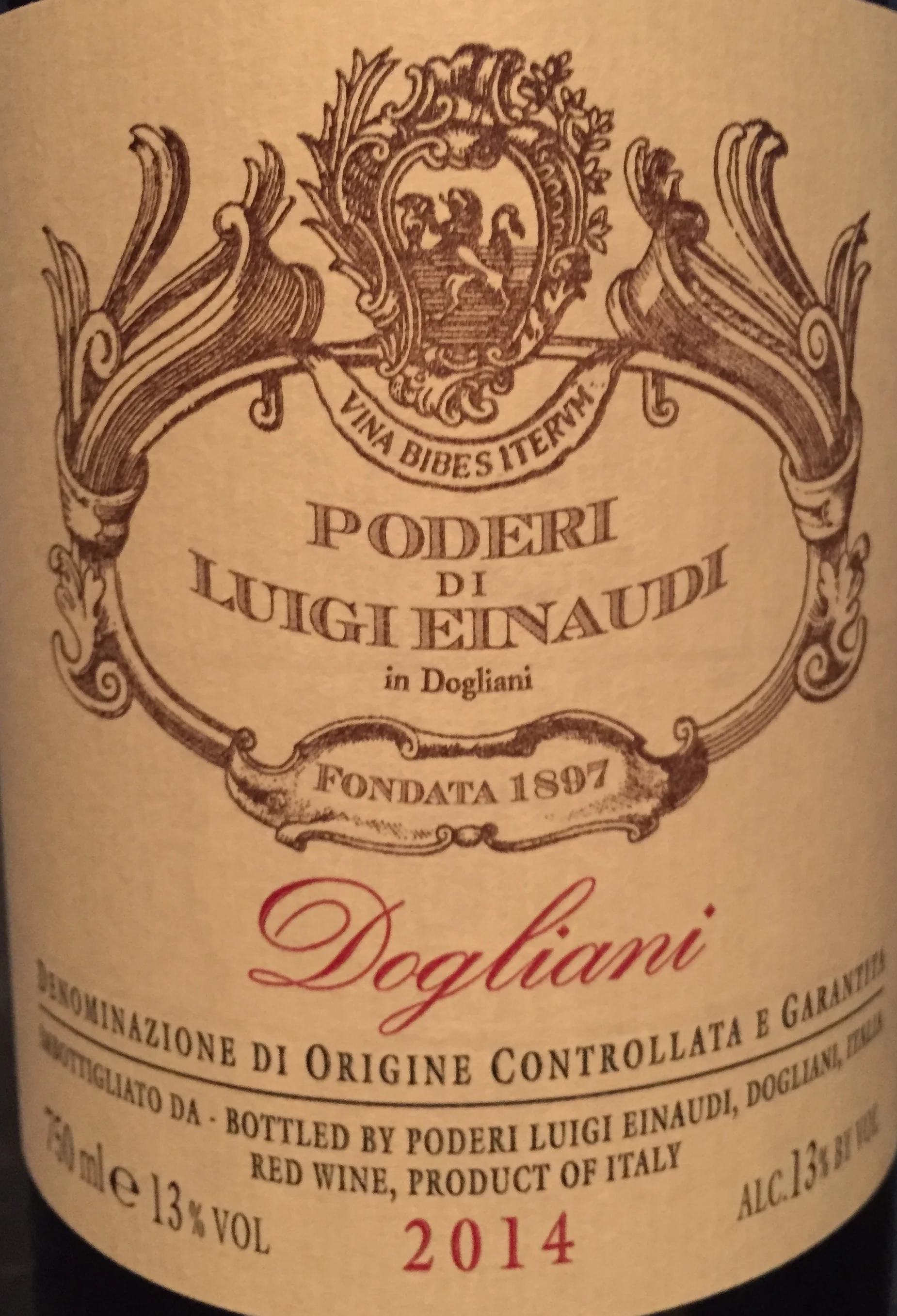























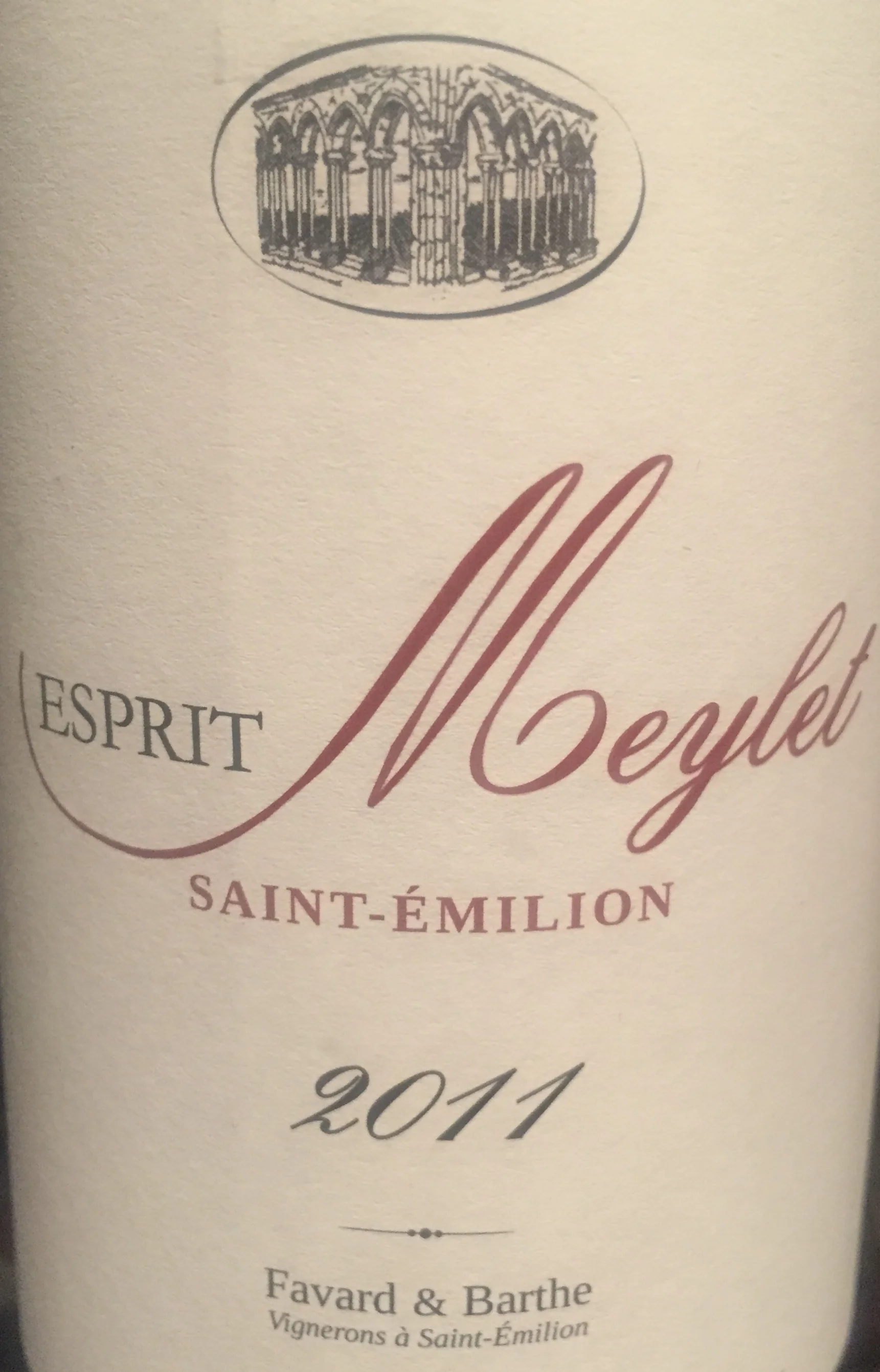

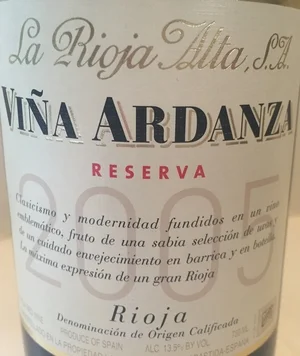























A ruby-hued wine with plums and sagebrush on the nose, firm sweet tannins, fruit through the mid-palate, transparency, and a long drying finish.